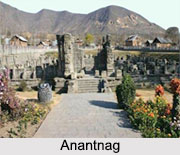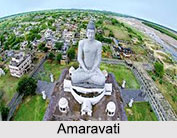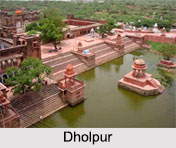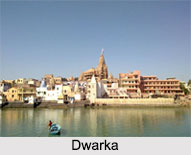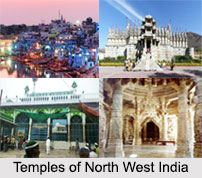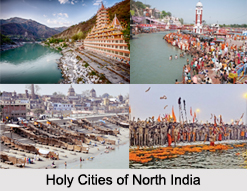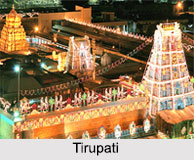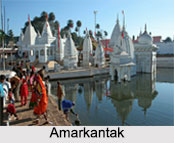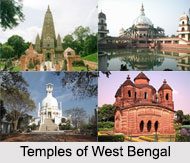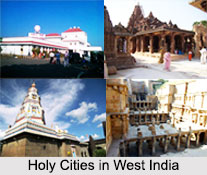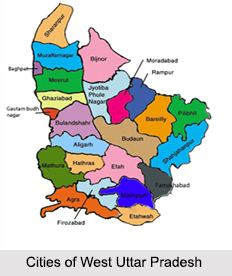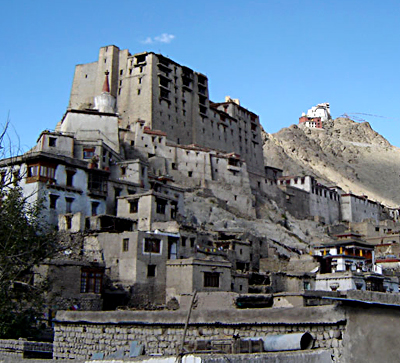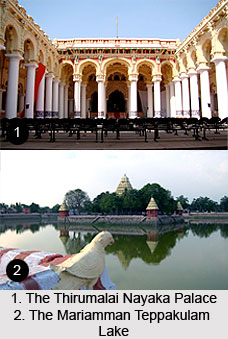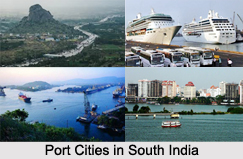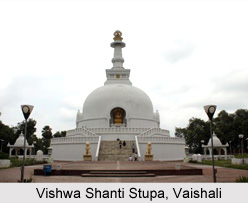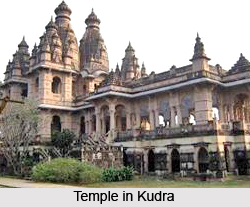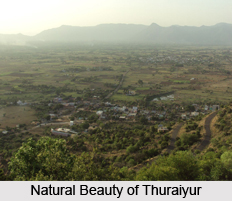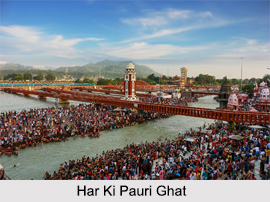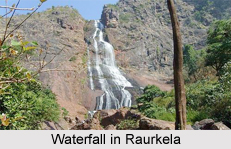 Raurkela is located at 84.54 degree East longitude and 22.12 degree East latitude in Sundargarh district of Odisha. Raurkela was established from the year 1931 and it was further developed by the Independent Government in India from 1950.
Raurkela is located at 84.54 degree East longitude and 22.12 degree East latitude in Sundargarh district of Odisha. Raurkela was established from the year 1931 and it was further developed by the Independent Government in India from 1950.
Strategic Location of Rourkela
Rourkela has an elevation of about 219 meters above mean sea level. The area of Rourkela is 200 square kilometres approximately. Being situated on Howrah-Mumbai rail track, Rourkela had an added advantage of the steel plant being set up there.
Soils of Rourkela
The red and laterite soils are found here which are quite rich in minerals. The area near Rourkela is rich in iron-ore hence a steel plant is situated in Rourkela. Bolani and Barsuan are the two most prominent mines situated near the town. Rourkela is situated in a hilly region.
Hilly Range in Raurkela
Raurkela has the small hilly range. It is small hill range named Durgapur that runs from the heart of the town dividing it into plant area and the steel township. The name "Durgapur" comes from an old village existed at the foothills long time ago before the plant was set up.
Rivers of Rourkela
The Koel and Sankha rivers are the main rivers of Rourkela. There is a single river called Brahmani. The Rourkela Township is divided into two separate townships under Census of India as Steel Township and Civil Township.
Industrial Sectors in Raurkela
The Residential quarters colony of Rourkela Steel Plant having 21 sectors on record (while in reality the Sector - 10, 11 and 12 do not exist, though the area for the same is earmarked) is called Steel Township and the other part is called Civil Township. One smaller township Fertilizer was renamed sector-22, as this township is within the purview of SAIL.
Visiting Information
Rourkela has the good communication filed with buses and trains. The 16 kilometres long Ring Road connects 19 sectors and some other parts of the steel city including old Rourkela. Other layouts include Civil Township, Station Road, Koel Nagar, Jagda, Jhirpani, Panposh, Udit Nagar, Fertiliser Township, Hamirpur, IGH Road and Vedvyas.
Related Articles
Raurkela
Ranji Trophy
Iron and Steel Industry in India
Odisha, Indian state
Cities of Orissa
